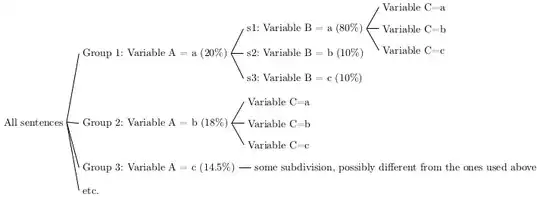I've looked at an introduction to simple ANNs for time series analysis https://mc.ai/an-introduction-on-time-series-forecasting-with-simple-neura-networks-lstm/.
In the tutorial, the train dataset r2 score is 0.897 and the test dataset r2 score is 0.789. They end up with some pretty neat predictions (see graph below, also from the same tutorial).
Now my question is, for real world time series data, is there a consensus on what r2 scores make for an acceptable model?
